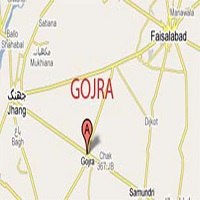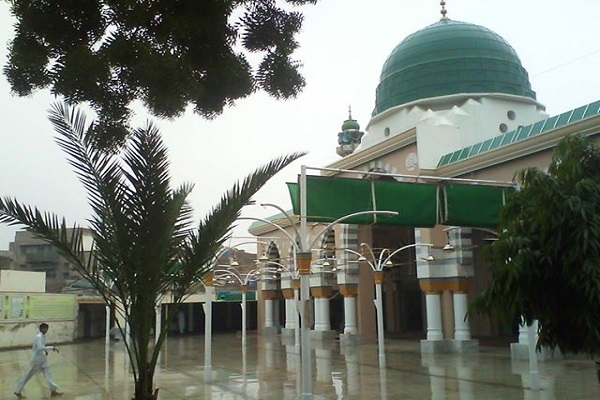The city of Gojra is the administrative capital of Gojra Tehsil and one of the towns of Toba Tek Singh district, province Punjab, Pakistan. The British founded this town in 1896 which is 32 km (31 mi) from Toba Tek Singh, 51km (31 mi) from Faisalabad, and 170 km (110 mi) from the provincial capital, Lahore.
This city is located between the well-known rivers; the Ravi and the Chenab. The city was used to be renowned for being a vibrant commercial centre in the region even before the partition of the subcontinent. The town continued the same legacy since independence as one of the significant trading-markets of agricultural products.
The city is also known as the Olympic city of Hokey and is the birthplace of several prominent national hockey players. This article contains every information about the city, including Gojra History.
| Title | Description |
|---|---|
| Information | |
| Location: | Pakistan |
| In Urdu : | گوجرہ |
| City Council: | Government of Punjab |
| Type: | City of Toba Tek Singh District |
| Local Language Name: | Punjabi |
| Province: | Punjab |
| Coordinates : | 31°9′N 72°41′E |
| District: | Toba Tek Singh District |
| Region: | Punjab |
| Elevation: | 1,526 ft (465 m) |
| Website: | www.tmagojra.com |
| Union councils: | 6 |
| Language | |
| Official Language: | Urdu |
| Native Language: | Punjabi |
| Other Languages: | Urdu,Punjabi,English |
| Government | |
| Type: | Government of Punjab |
| Area | |
| Total Area: | 7 sq mi (17 km2) |
| Population | |
| Density: | 17,000/sq mi (6,900/km2) |
| Total Population: | 117,892 (1998) 143,369 (2005) |
| Time zone | |
| Time zone: | PST (UTC+5) |
| Summer (DST): | PDT (UTC+6) |
| Codes | |
| Postal code: | 36120 |
| Dialing code: | +9246 |
| Vehicle registration: | Three letters beginning with G and random four numbers |
Table of Contents
Gojra History
The history of Gojra dates back to centuries, and preset day Gojra was established in 1896 as a town in Toba Tek Singh. In 1899, the British established a railway track, and in 1904 it was declared as a notified area. In 1925, the town was designated as B-Class Municipal Committee. It was upgraded to 2nd Class Municipal Committee in 1960.
Tehsil
The city was named as a Tehsil on July 1, 1982, when Toba Tek Singh was established as a district. This city consists of 132 villages and 24 union councils. After the adoption of the Devolution of Powers Scheme, the Gojra Tehsil Municipal Administration established on August 12, 2001.
Hindu Origin
There are two legends regarding the name of the city; one tradition attributes the city’s name to the seven or eight Gujjar brothers who were running the family business in this locality. Whereas the other legend relates it to a Hindu-origin word Gao Shala or Gao Charah, meaning grazing field of cows.
Hindus and Sikhs heavily populated this region before the partition. Hindu community was dominant in the business (Ghalla Mandi), which was the biggest market of united India. The majority of the Muslims were landlords and associated with agriculture.
Geography
Geographical coordinates of this city are 31°9’N(latitude) and 72°41’E (longitude), and it is 1,526ft (465 m) above sea level. The total area of the metropolitan is 1,115 km2 (431 mi2) whereas the size of the Tehsil is 690 km² (428.74 mi2) in length.
Gojra Climate
The climate of this city is similar to other cities in the province of Punjab that observes all four seasons. The summers, which last for approximately four months, are hot, humid, clear. The average temperature may rise as high as 40.55°C.
Throughout the year, the temperature may vary from 6.11°C to 40.55°C. Winters are short and usually last for nearly 2.7 months, with an average temperature of 12°.77C. The rainy period approximately lasts for 0.8 months resulting in average annual rainfall of 68.58 mm.
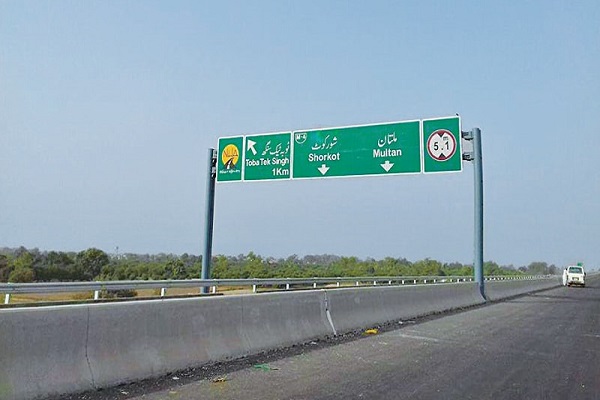
Population
The city is home to 174,860 people, according to the 2017 census. It is the 51st highest populated city in Pakistan. The population of this Tehsil is 656,007 with a population density of 951/km2 (590.92/mi2).
Gojra Culture
Traditional Punjabi culture is dominant such as folk music, folk dance, folklore, and cuisines. However, the city has a unique culture and traditions which you may not found in any other area of Pakistan.
It is traditions of Gojra that whenever any person builds a new home (especially in village areas), they reserved space for the small mosque and 2-3 rooms house for poor people. Women and men both offer prayer in that mosque.
This extra house is given to poor people without any rent charges. In Punjabi word, those poor people are called “Ri aa Yaa” of that House Owner.
Gojra Education
The literacy rate is slowly increasing as compared to the other regions. There are several, public and private sector, educational institutions in the city providing educational services at various levels to the students. Following is the list of some institutions in the town:
- Bright Future School & Academy
- Dar-us-Salam Group of Schools and Colleges
- Boys College Gojra
- Postgraduate College
- Vocational Training Institute for Women
- Itft college
- Jinnah College of Commerce and Science
- Muslim Postgraduate College and Higher Secondary School
- Koncept academy
- Learn Pharmacy Technician Pakistan
- Muslim Girls College
- Muslim Scholar Girls College
- PAKTECH College of Technology
- Punjab Group of Colleges
- Standard Group of Colleges
- Superior Group of Colleges
- Suffa Postgraduate College
- The Future College VU Campus
- The Readers School System
- Vocational Training Institute
- Worldistic
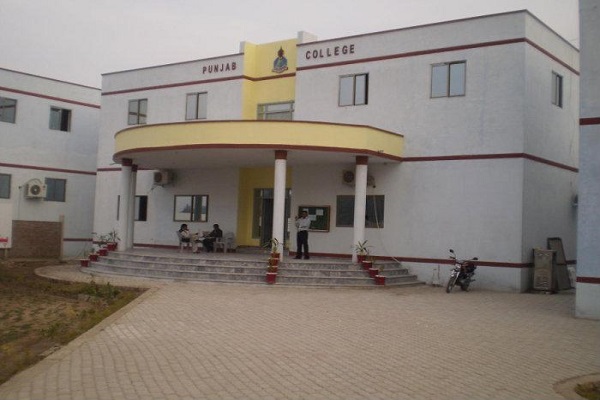
Sports
Hockey is the most famous sport here. The city hosts an International Hockey Stadium as well. The is the birthplace of several renowned hockey players who represented Pakistan internationally. Such as:
- Manzoor-ul-Hassan
- Rasheed-ul-Hasan
- Muhammad Aslam
- Iqbal Bali
People love to play and watch:
- Hokey
- Cricket
- Football
- Volleyball
Economy
The city is an agricultural region and contributes its share to the economic growth and GDP of Pakistan by producing a vast amount of farm products. Even before the partition of the sub-continent, this region was considered to be the large Mandi (market) of wheat, sugar cane, and cotton.
Significant numbers of grain, corn & sugar markets are located here. The town hosts several important trading centers for vibrant economic activities such as:
- Anarkali Bazaar
- Mehdi Shah Bazaar
- Sabzi Mandi
- Sarafa Market
- Thana Bazaar
Industry
The city’s industrial zone is mainly engaged in the manufacturing of railway yards and engineering works. Industries here are providing its residents with sources of livelihood and income. Prominent industrial units such as flour mills, sugar mills, textile, mills, and oilseed processing mills are located in the suburbs of the town.
New industrial companies are being established in the city not only to provide work opportunists but also to play its role in the development of the region.
Agriculture
The soil is fertile and conducive for cultivation—a well-established irrigation system supplements agricultural activities. The city is primarily a farming city. It is known for its cultivation, particularly for the production of cotton, sugarcane, and wheat.
This city is one of the best producers of oranges, famously known as kino. Oranges are not only consumed locally but also exported abroad and receive a considerable amount of foreign exchange. The majority of people living in this district are farmers and engaged in agriculture.
They cultivate several kinds of crops and agricultural products such as cotton, rice, maize, sugarcane, tobacco, peaches, guava, tomato, melon, oranges, watermelon, mango, onions, and a variety of pulses.
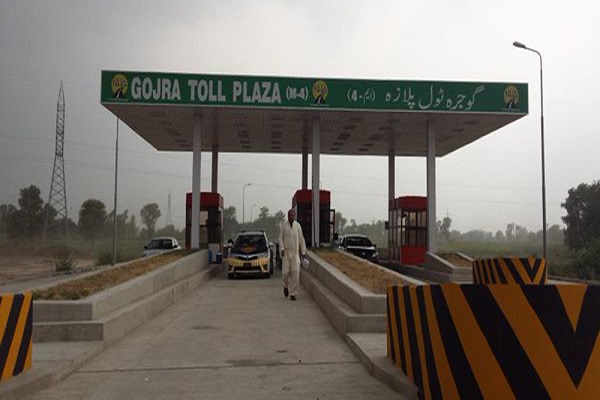
Tourism
The city is a small town in Punjab, and tourists can easily explore it within a day. Most visit here to experience rural life and some come here as a stopover station while going to other exciting places such as:
- Bhawana
- Chak-Azam-Sahu
- Chak-Jhumra
- Chichawatni
- Chiniot
- Dijkot
- Faisalabad
- Jaranwala
- Jhang
- Kamalia
- Khurianwala
- Lalian
- Mamu-Kanjan
- Pirmahal
- Rabwah
- Sahiwal
- Sammundri
- Sillanwali
- Tandlianwala
- Toba-Tek-Singh
Some tourists attraction in the town and nearby include:
- Canal Resthouse (1898)
- Jinnah Park
- Shrine of Heer Ranjha (40 Km via Noorpur Thal)
- Kamalia Zoo Park (38 Km via M-4)
- Shrine of Haq Bahoo Garh Maharaja (92 Km via M-4)
- Darbar Mai Baap, Shorkot (77 km via M-4)
Gojra Languages
Following languages are spoken and understood here:
- Punjabi (mother tongue)
- Urdu (national language)
- English (official language)
Travel
A network of Motorway and Highway connects the city with the outer regions. Several (Bus/Omni) companies are operating in this region to bring and forth by-road travellers. There are two main ways to reach the city:
- Faisalabad Multan Motorway (M-4)
- National Highway (N-5)
The city is also connected with the rest of the country by a network of railroads. Two train services are currently available for inbound and outbound passengers at the Gojra railway station:
- Millat Express – Karachi to LalaMusa and vice versa
- Pakistan Express – Karachi to Rawalpindi and vice versa
There is no domestic and international airport in the city. Following are the nearest airports to reach near the town by air:
- Faisalabad International Airport, Faisalabad (LYP), 38.05 km
- Multan International Airport, Multan (MUX), 160.31 km
- Allama Iqbal International Airport, Lahore (LHE), 168.52 km
Gojra Postal Code
Postal Code: 36120
Area Code: 046
